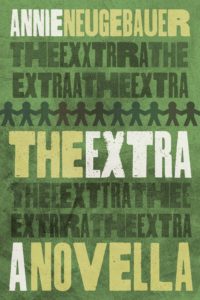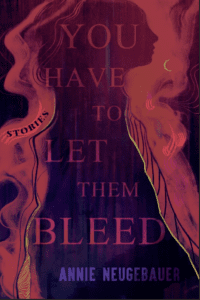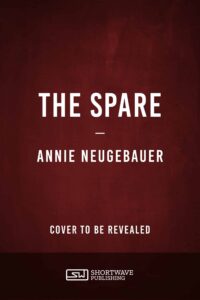Want to help support the author?
The first time you send a piece of short fiction out on submission, you should begin keeping records.
Having a meticulously updated submissions chart prevents accidental simultaneous and multiple submissions (when not allowed), reminds you when to follow up with a lagging market, and helps you keep track of where you’ve already sent which story. It can also serve as a progress meter; are your types of responses becoming increasingly positive? Is it time to pull a story and revise it before continuing to submit?
This might sound overwhelming at first, but don’t worry; you can use my template to begin building your own records. Once you get into the habit of opening this bad boy every single time you send a submission and get a response, you’ll never make those embarrassing submission faux pas again. (No, really!)
I like to color-code my chart by using the ‘shading’ (fill) tool. A dull red for rejected stories fades into the background. A medium green for accepted stories is a nice reminder of why I do this. And a bright yellow for stories under consideration grabs my attention. This way I can see at a glance which stories are still active.
The “notes” column is a great place to keep track of the follow-up date. You can determine the follow-up date by looking at the market’s stated response time and adding that to your submission date. So if you submit a story in January and they say to query after 60 days, your follow-up date will be in March.
Another great feature of this chart is that tables in Word are sortable alphabetically by column. This way when I’m looking to submit a new story I can sort by title first, to see where I’ve already sent it, and by market next, to make sure the place I choose doesn’t already have a different story.
To clear my example information, simply highlight the cells you want to empty and push “delete” (not “backspace”).
So go ahead and start keeping track of your short fiction stories today, and do play around with this and make it your own! If you want to add extra columns to include word counts, pay rates, or genres, feel free! This chart can be as expanded or compact as you like. And as always, feel free to comment with any questions.
Best of luck!
View the full list of available organizational documents.
All documents are © Annie Neugebauer. These documents are intended for personal use only. Copyright applies. Please ask permission for anything other than personal record-keeping. If you’d like to share these with writers you know, please send them the link so they come visit me here. Thank you all so much for your support!
Share this:





I was using your poetry submission chart to track my short stories, and as I am starting to send more short stories out, I am grateful for this. 🙂 Thank you.
Well, they are pretty similar now that I’ve updated the poetry one. 🙂 I’m glad they’re helpful to you! Thanks so much!
You have an amazing website. I’m coming back. 🙂
That’s my favorite thing to hear. 🙂 Thank you so much!
Hi Annie! I’m an aspiring “old” writer who has worked on a novel for 25 years now and I’m still doing research. Why? Because I can’t think of anything to write! I’m going to start over now using your documents. BTW I was a Training Specialist before I retired and wrote training documents for years – without a problem. I’ll send you a “tip” on payday (1 Nov 2014). Thank you for giving me all this helpful information. I’m pinning your site.
Hi Emily! I really hope my documents help you get started; 25 years is a long time to do research. Thank you so much, and good luck!
It’s one thing to talk about aiming for 100 rejections a year, its another to show how to keep track of the unhappiness. Thank you for your clear-headed approach.
I’m so glad! I hope it helps you. 100 a year is no small task! Good luck. 🙂